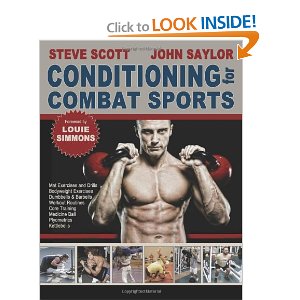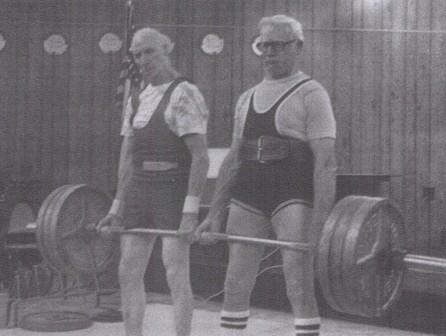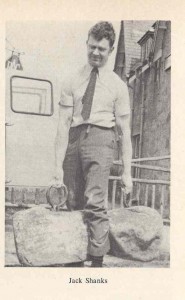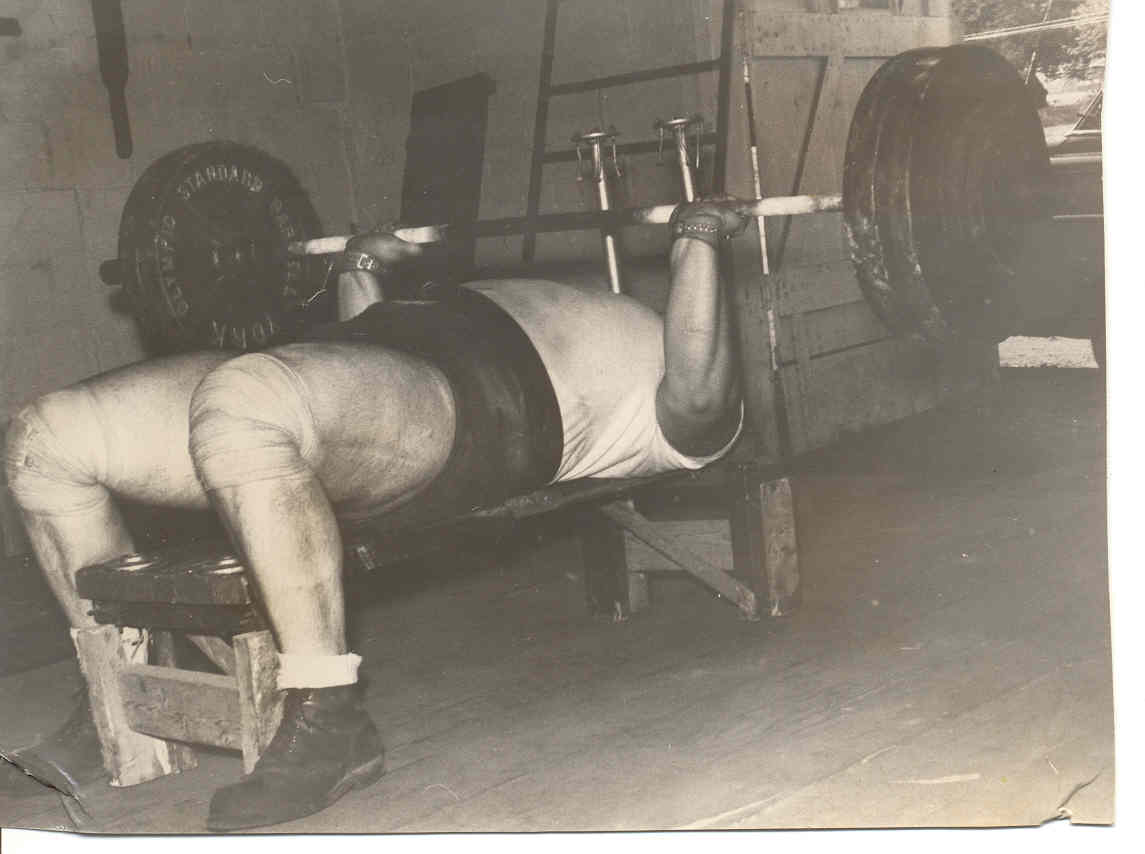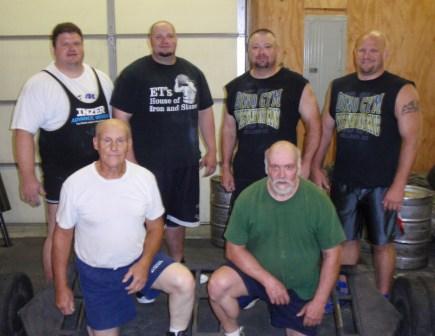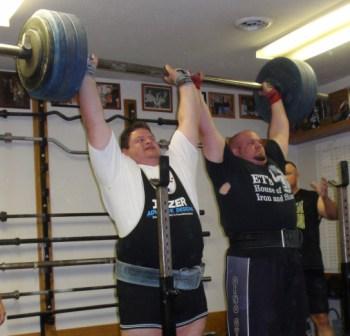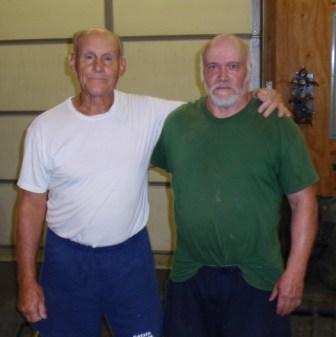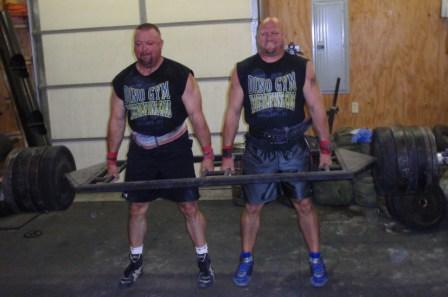USAWA in Print: Book Review
by Thom Van Vleck
I recently got an issue of Steve Scott’s latest book. He wrote it with John Saylor, a well respected martial arts instructor and Champion. Steve sent me an autographed copy because of what was inside. I’ll get to that in a moment. First, let me tell you about Steve.
Steve is one of my best friends and someone I admire greatly. When I first met Steve he was a top master’s thrower in Scottish Highland Games and was running Highland Games in KC. Because of Steve, I became friends with Al Myers and Chad Ullom and was introduced to the sport that I’ve enjoyed my greatest athletic success. For that, I’m very grateful. Steve’s wife, Becky, also was a top thrower and always at his side in any project he took on. I then found out that Highland Games were just the tip of the iceberg as far as Steve & Becky were concerned.
Steve was, and still is, a top Judo coach. He has a widely respected club in Kansas City called the Welcome Mat that has been in operation since 1969. It has produced National, Pan American, and World Champs as well as some of the elite men and women in our fighting forces and a Secret Service Agent that was on George W. Bush’s personal detail. Becky was a National, Pan Am, and World Champ and Steve once told me that Becky could have been an Olympic Champion but back then women did not compete in Judo in the Olympics!
Over the years, Steve has written over a dozen books on martial arts, training, coaching and this one is his best to date in my opinion. It has a very broad appeal. My Uncle, Phil Jackson, who is, in my opinion, the most knowledgeable person I ever met in regards to weight training, once told me that the hardest sport all the way around was boxing. It was mentally, physically, and emotionally draining. I would say the same applies to all combat sports. You have to be tough and that comes from how you train. Steve, with John Saylor, has (in my opinion) created the ultimate resource on Combat training.
This book is HUGE and full of all types of training. There are over 300 pages of illustrated exercises. There are detailed explanations of not only how to do the lift, but how to properly train and utilized the lift to fix a weakness. There are workout routines and tons of advice. I would say that if you wanted to do some off season conditioning for USAWA lifting or Highland Games, this book would be a valuable resource.
Now, I’ll tell you why mine was autographed. Inside were pictures of me, Al Myers, and Chad Ullom demonstrating some lifts. Appropriately, it was in the “OLD SCHOOL” training section. Steve talks about training wisdom that came from Bill Clark, and his book even contains an exercise that is a variation of the “Inman Mile”! I knew Steve had requested the photos, but I had no idea what a first class product he was producing.
